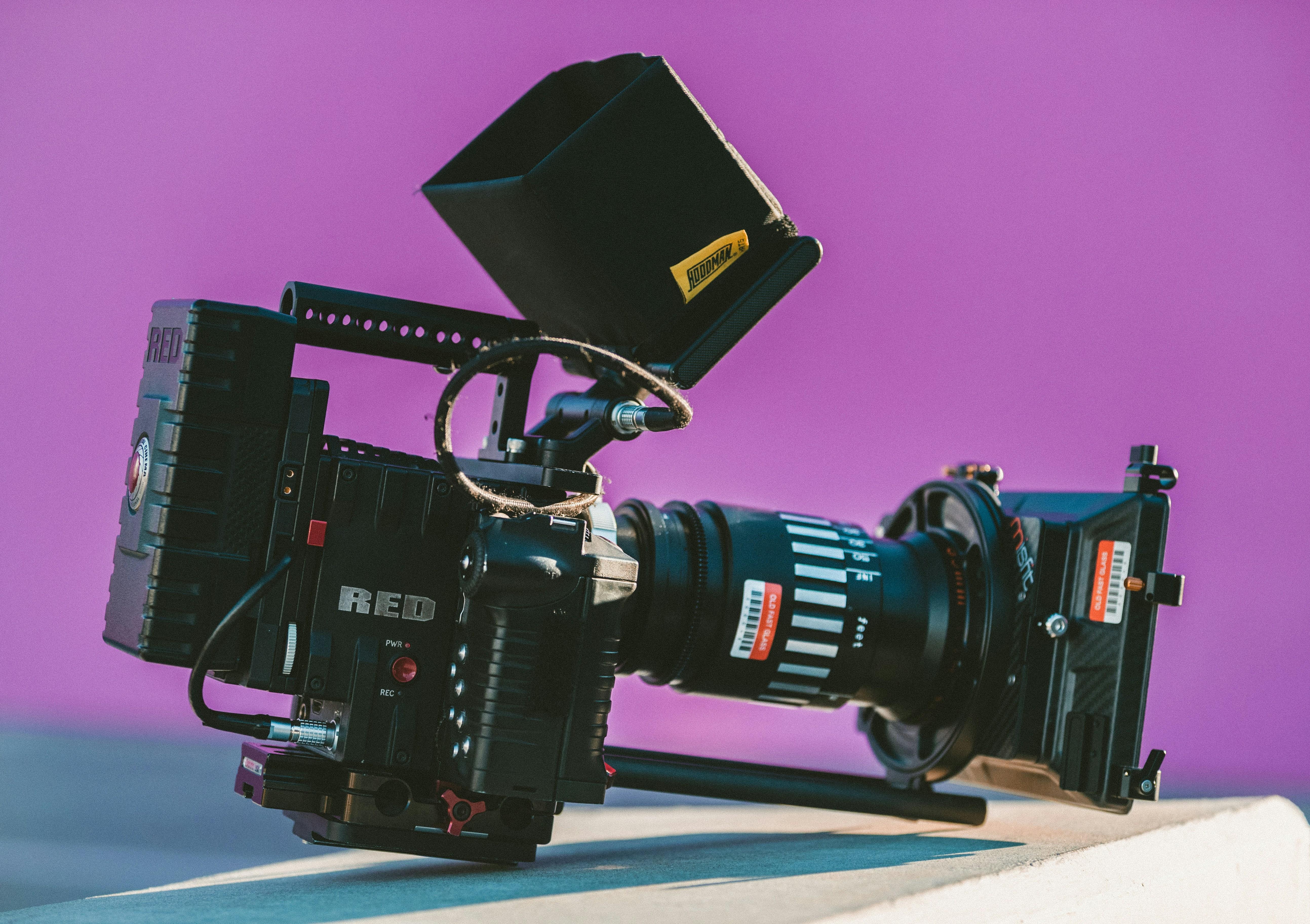In the dimly lit theater, as the credits roll and the audience rises from their seats, a lingering question often echoes beyond the screen: Should directors bear responsibility for the messages and social impacts of their films? This question, as complex as the stories directors weave, invites a tapestry of perspectives. On one hand, filmmakers are seen as artists, crafting narratives that reflect, distort, or challenge reality. On the other, they wield influence, shaping perceptions and sparking conversations. As cinema continues to evolve as a powerful cultural force, the debate over accountability becomes ever more relevant, urging us to explore the delicate balance between creative freedom and social responsibility.
Navigating the Narrative: Directors and Ethical Accountability
In the complex dance of filmmaking, directors often find themselves at the crossroads of creativity and ethical responsibility. Should they be held accountable for the narratives they craft and the potential societal ripples they create? This question delves into the heart of artistic expression versus societal duty. On one hand, directors are storytellers, weaving tales that may reflect, challenge, or even distort reality. On the other, their creations have the power to influence perceptions, ignite movements, or perpetuate stereotypes.
Considerations for directors include:
- Intent vs. Interpretation: How a film is perceived can differ vastly from the director’s original intent.
- Cultural Sensitivity: Navigating themes that touch on race, gender, and identity requires careful handling.
- Impact Awareness: Acknowledging the potential societal impact and being prepared to address it.
Balancing artistic freedom with ethical accountability remains a nuanced challenge, urging directors to reflect on their role not just as artists, but as influential voices in the cultural landscape.

The Ripple Effect: Understanding Films Societal Influence
Films have long been a mirror reflecting societal norms, values, and conflicts, often shaping perceptions and sparking dialogue. The question of a director’s responsibility for a film’s message or its broader social impact is multifaceted. On one hand, directors possess a unique platform to influence public discourse and can harness this power to promote understanding or challenge prevailing narratives. However, the interpretation of a film can vary widely, influenced by individual experiences and cultural contexts, leaving the true impact somewhat unpredictable.
Considerations for directors include:
- Intent vs. Interpretation: What the director intends to convey may differ from how audiences interpret it.
- Cultural Sensitivity: Being aware of diverse perspectives and potential cultural implications.
- Social Responsibility: Balancing artistic freedom with the potential to incite or heal societal tensions.
Ultimately, while directors wield significant creative influence, the ripple effect of their work is a complex interplay of artistry, audience perception, and societal context.

Balancing Art and Responsibility: A Directors Dilemma
Directors often find themselves navigating the intricate dance between creative expression and societal responsibility. On one hand, the realm of art offers a sanctuary for unfiltered creativity, a space where directors can push boundaries and explore provocative themes. On the other, films hold the power to influence public perception, potentially shaping cultural narratives and social attitudes. This dual role raises the question of whether directors should consciously consider the messages their films convey.
- Artistic Freedom: Directors argue that creative liberty is essential for innovation. By being free from constraints, they can explore complex, sometimes controversial topics without fear of censorship.
- Social Impact: Movies are a potent medium for change. Directors aware of their influence might choose to address societal issues, contributing positively to discussions around race, gender, and more.
- Audience Interpretation: Ultimately, viewers interpret films through their own lenses. A director’s intent might differ vastly from public reception, adding another layer of complexity to their role.

Guiding the Message: Recommendations for Responsible Filmmaking
In the dynamic realm of filmmaking, directors wield significant influence over the narratives they craft. To ensure their work resonates positively, several key recommendations can guide them towards responsible storytelling:
- Understand the Audience: Directors should be aware of the diverse perspectives and sensitivities of their viewers. This awareness can help avoid unintentional harm and foster inclusivity.
- Collaborate Thoughtfully: Engage with a diverse team to gain a broader perspective on the story’s potential impact. Collaborative efforts often lead to more nuanced and balanced storytelling.
- Reflect on Consequences: Consider the potential societal effects of the film’s message. Directors should strive to anticipate and address any negative outcomes their narratives might provoke.
By implementing these strategies, directors can navigate the delicate balance between creative expression and social responsibility, contributing to a more thoughtful cinematic landscape.

